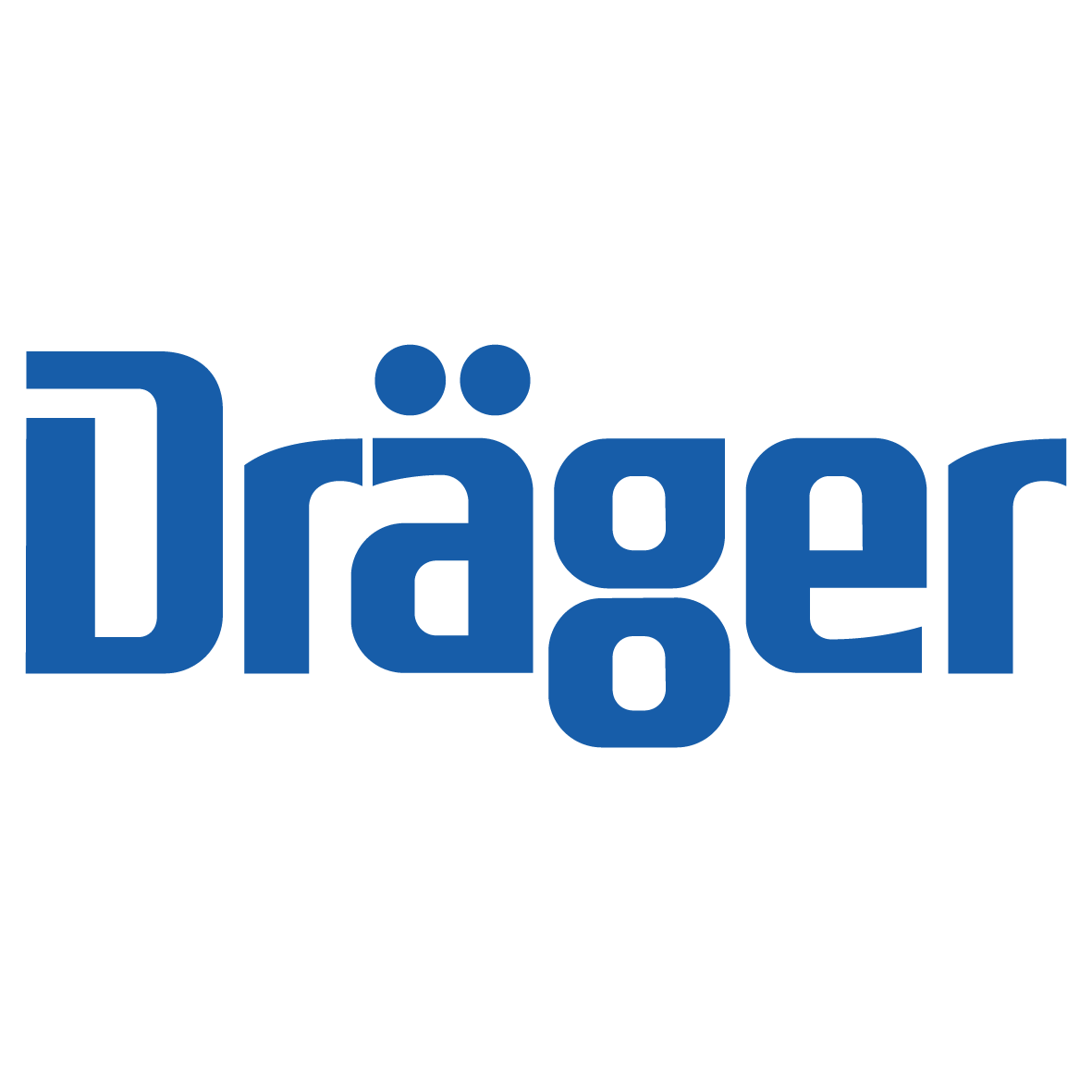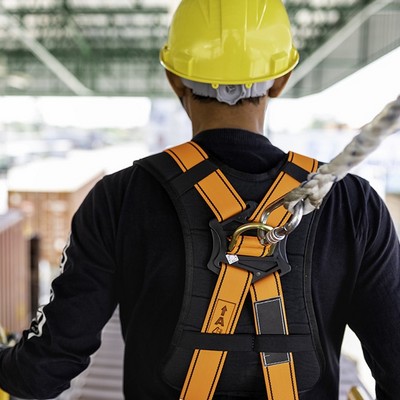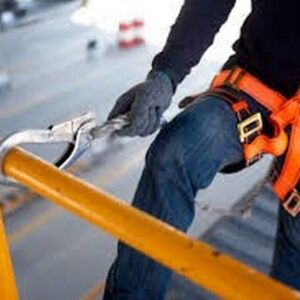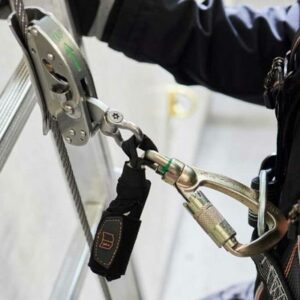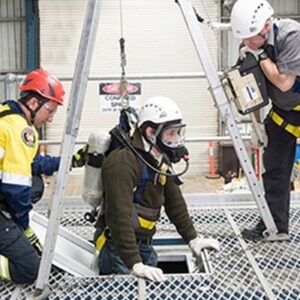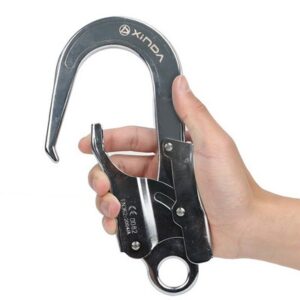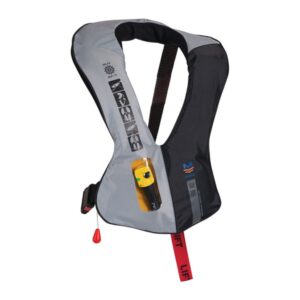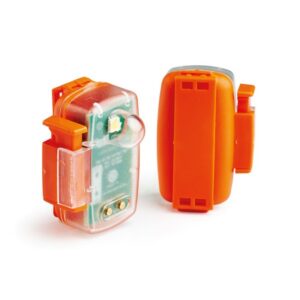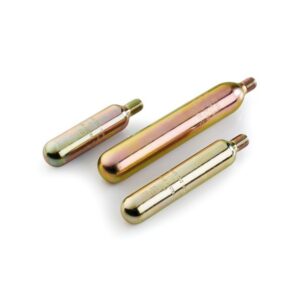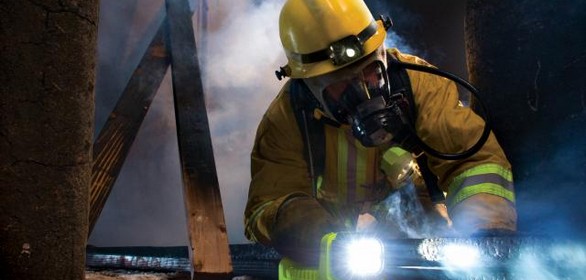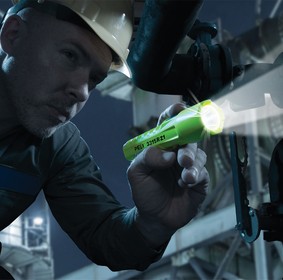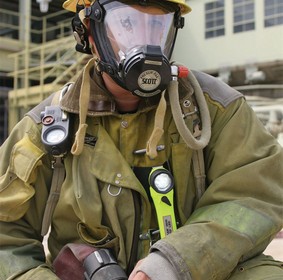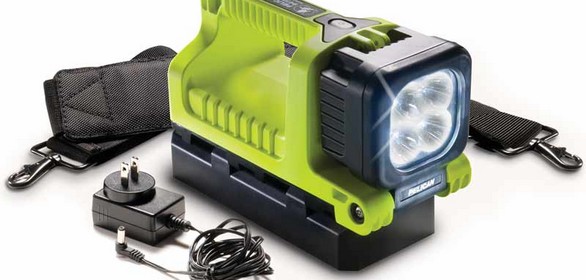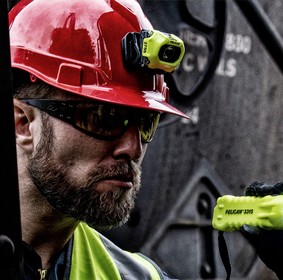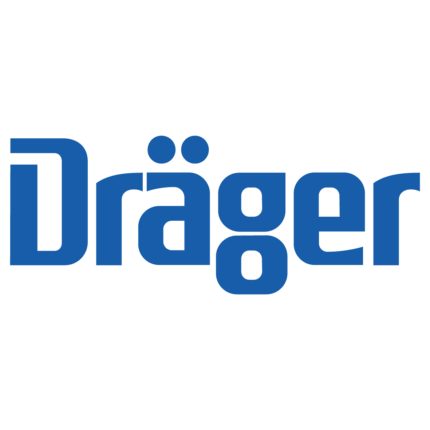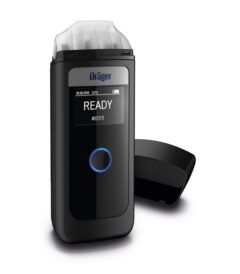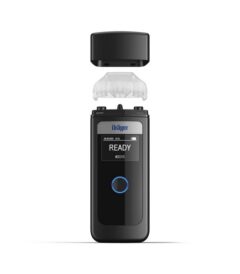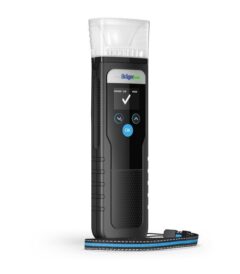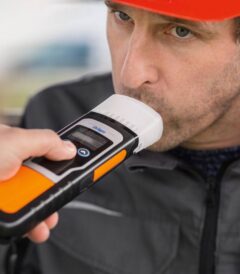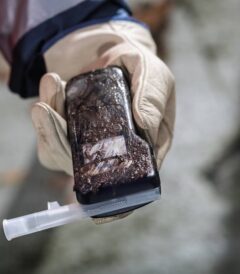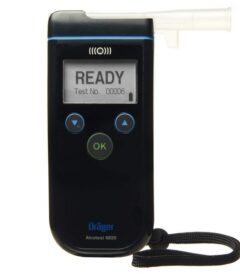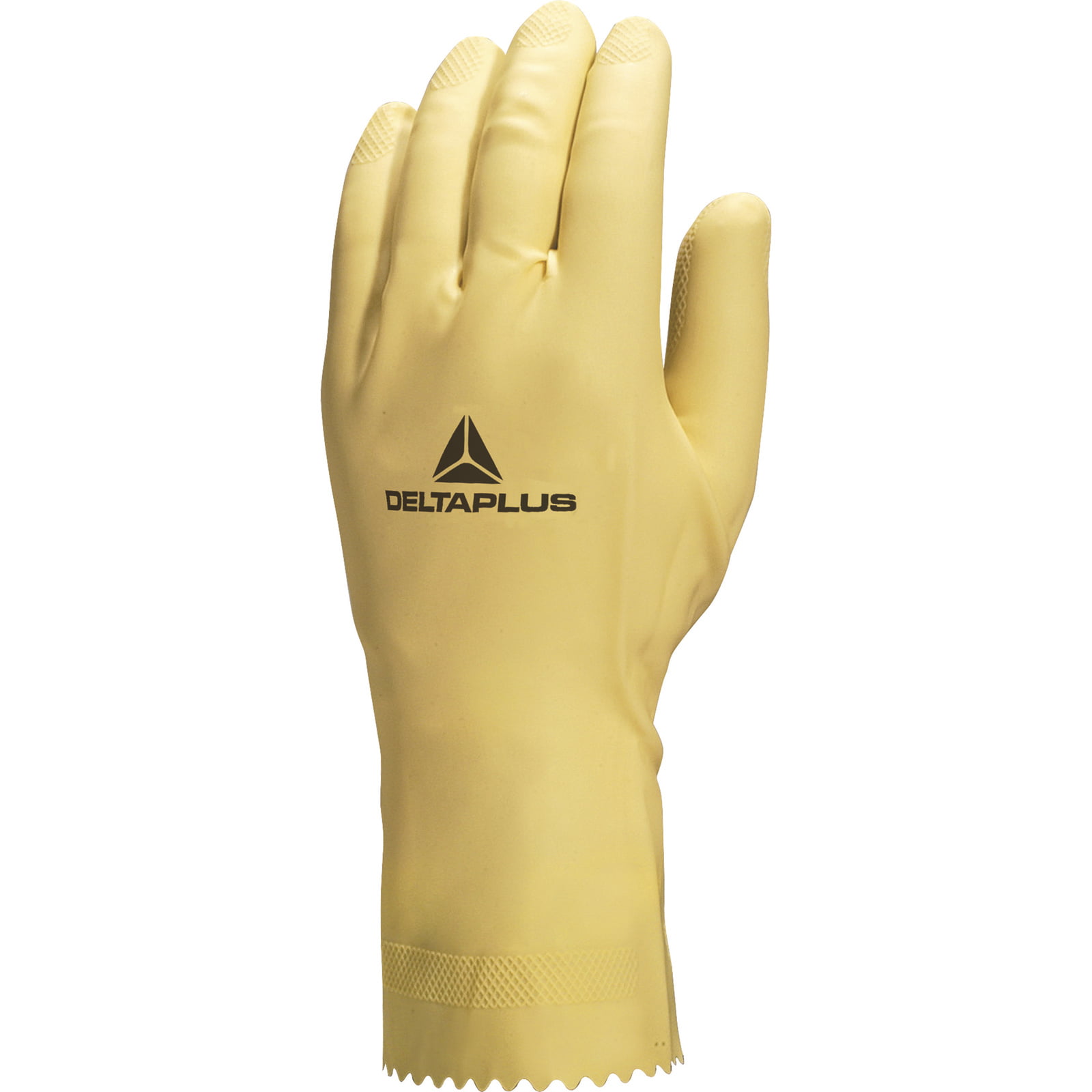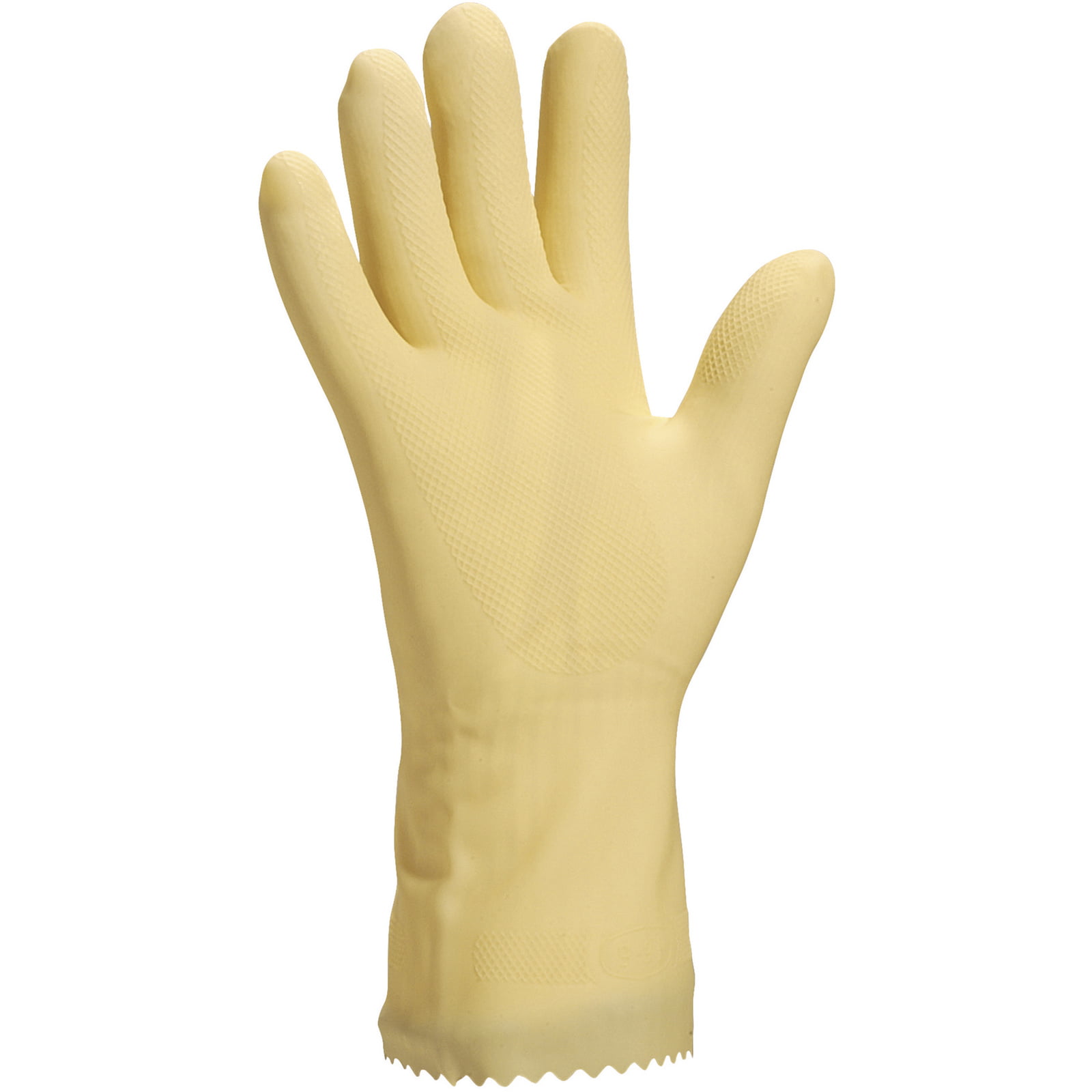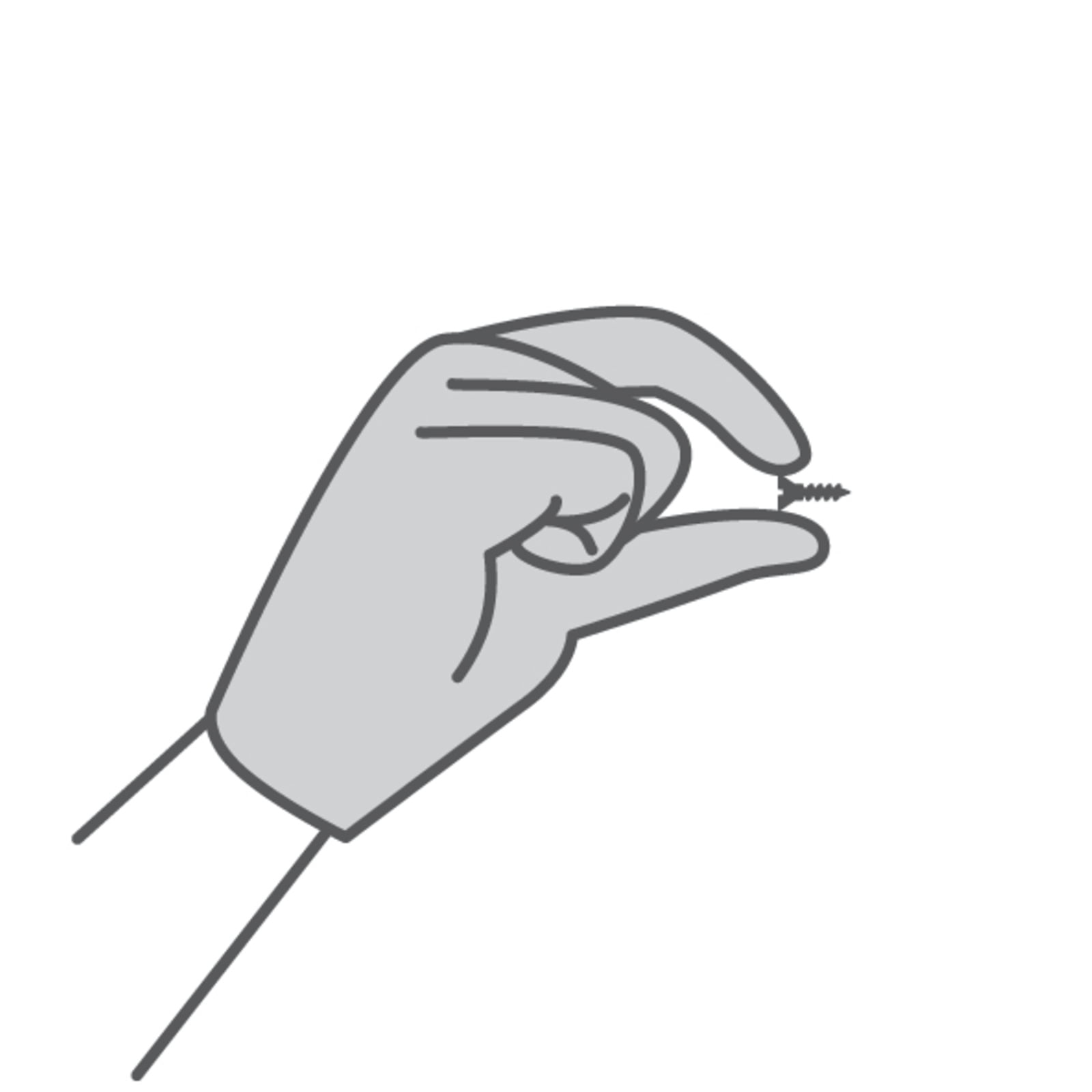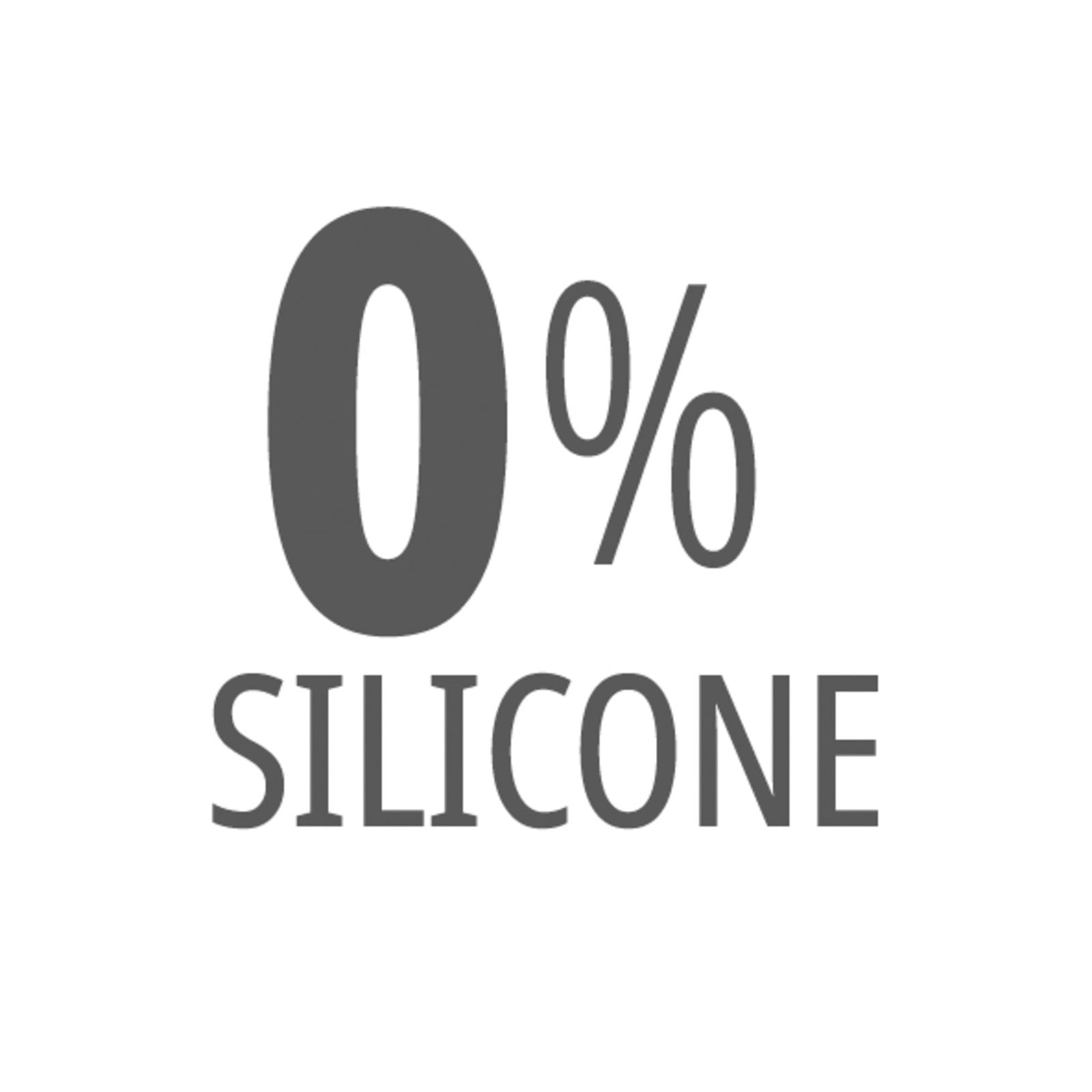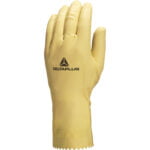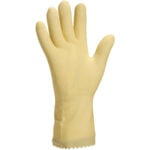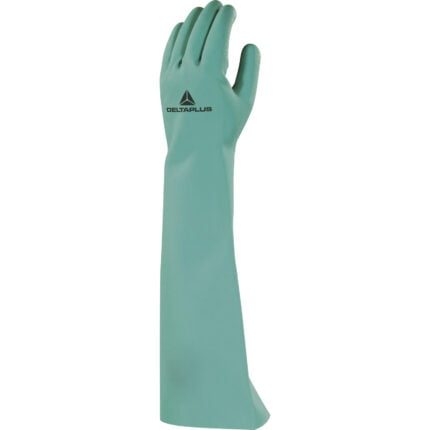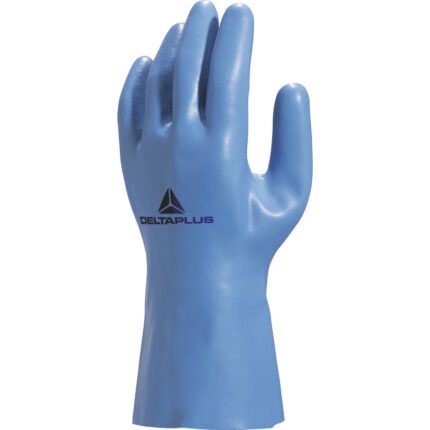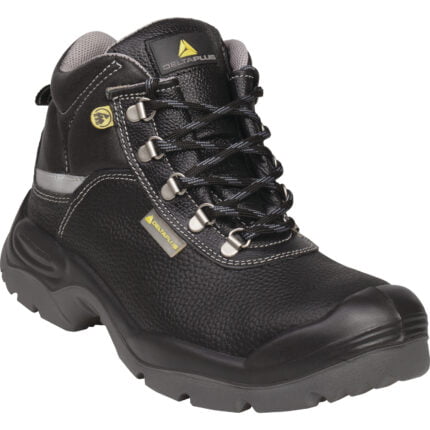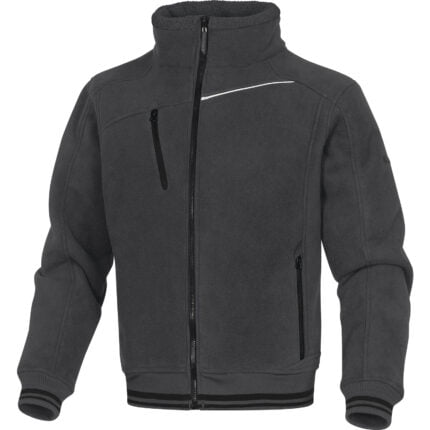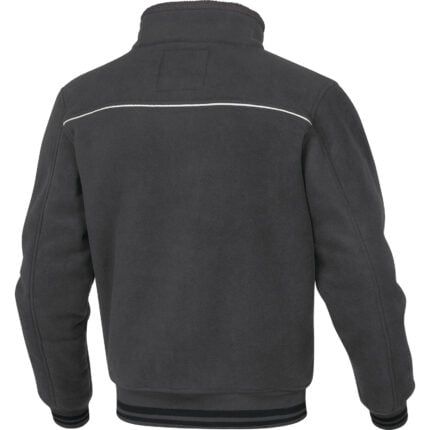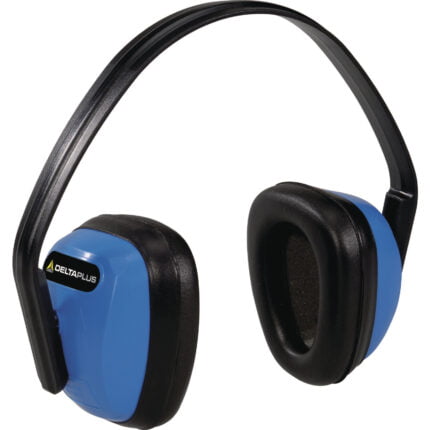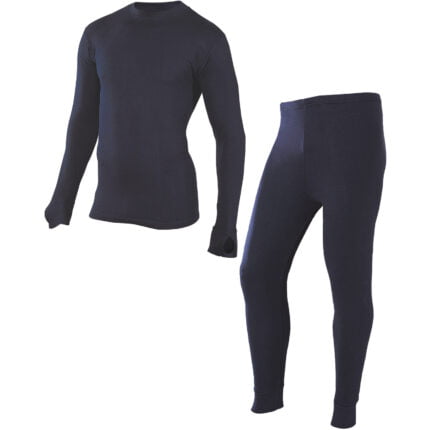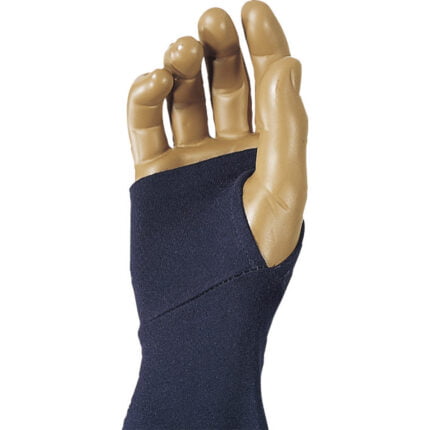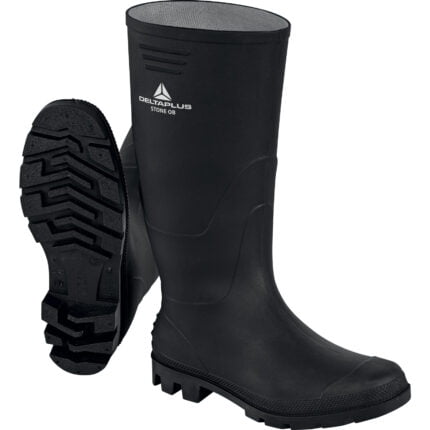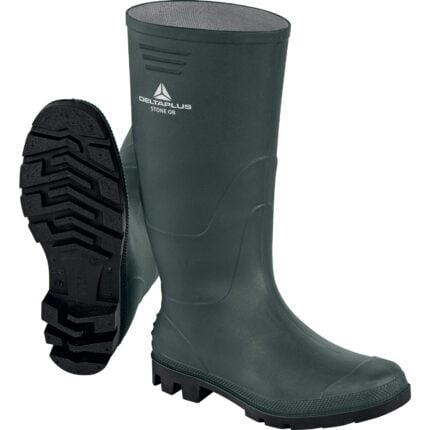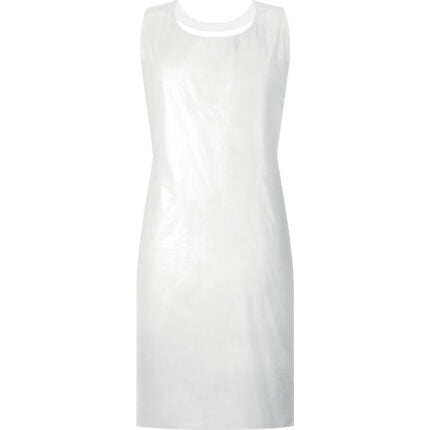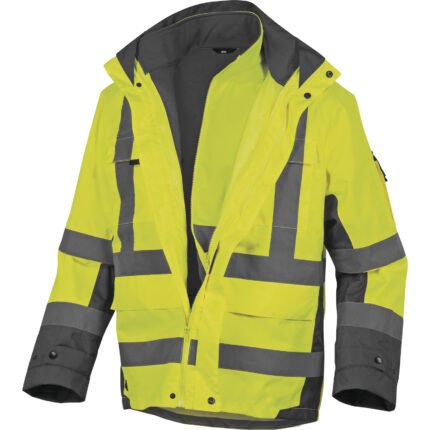COMPOSITION
Support: 100% latex.
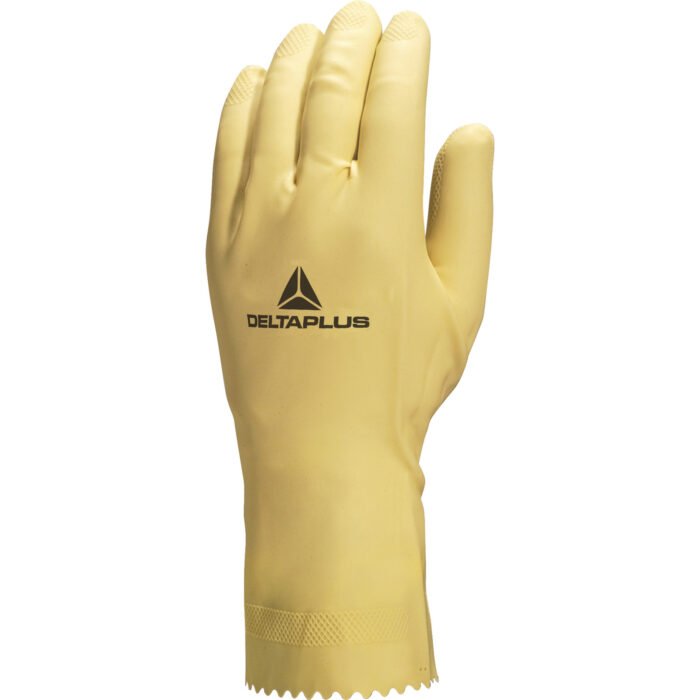
Norms
Regulation (EU) 1935/2004 Contact with food products
-GLOB MIGR : Food contact - Overall Migration
-Contact with wet or watery food : .
-Contact with acidic foods : .
REGULATION (EU) 2016/425
-EN420:2003+A1:2009 : General requirements
-Dexterity (from 1 to 5) : 5
-EN388:2016 : Protective gloves against mechanical Risks (Levels obtained on the palm)
-Resistance to abrasion (from 1 to 4) : 0
-Resistance to cutting (from 1 to 5) : 0
-Resistance to tear (from 1 to 4) : 1
-Resistance to puncture (1 to 4) : 0
-Resistance to cutting by sharp objects (TDM EN ISO 13997) (from A to F) : X
-EN421:2010 : Ionisating Radiations and Radio-active Contamination
-Protection only agoainst Radioactive contamination : .
-EN ISO 374-1:2016 : Protective gloves against dangerous chemicals and micro- organisms - Part 1: Terminology and performance requirements for chemical risks.
-Type C - Water and air tightness according to EN ISO 374-2:2019. Permeation resistance to at least 1 chemicals at level 1 according to EN16523-1: 2015 (from 1 to 6). : C
-Determination of resistance to degradation by chemicals according to EN ISO 374-4: 2019. Part 4: Determination of resistance to degradation by chemicals. : .
-Caustic soda 40% (K) CAS 1310-73-2 : 6 > 480 mn
-Sulphuric acid 96 % (L ) CAS 7664-93-9 : 3 >60 mn
-EN ISO 374-5:2016 : Protective gloves against dangerous chemicals and micro-organisms - Part 5: Terminology and performance requirements against micro- organisms risks.
-BACTERIA + FUNGI : Water and air tightness according to EN ISO 374-2:2019. : .
Product Used Risks
Heavy industry.
Services / Logistics.
Hygiene environment.
PARTICULES.
CHEMICAL.
BIOLOGICAL.
HIGHLIGHTS
Latex.
Airtightness and water proofing
Flexibility, elasticity and tactility.
Chlorinated interior.
Easy glove implementation
High comfort
Less risk of allergies.
Tested according to standard EN421.
Can be used as a glove or under glove against radioactive contamination.

